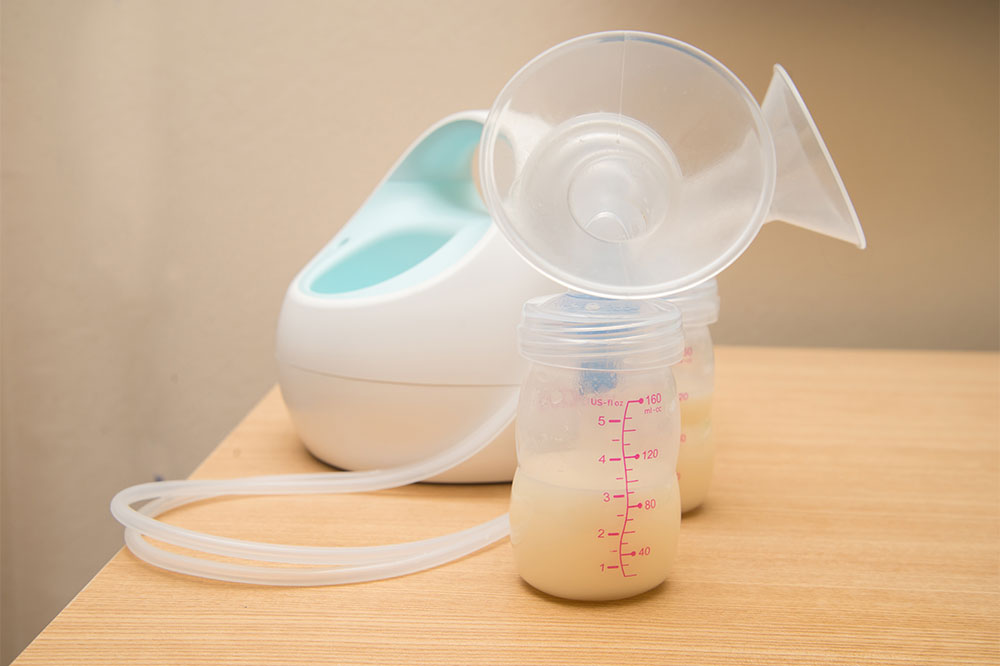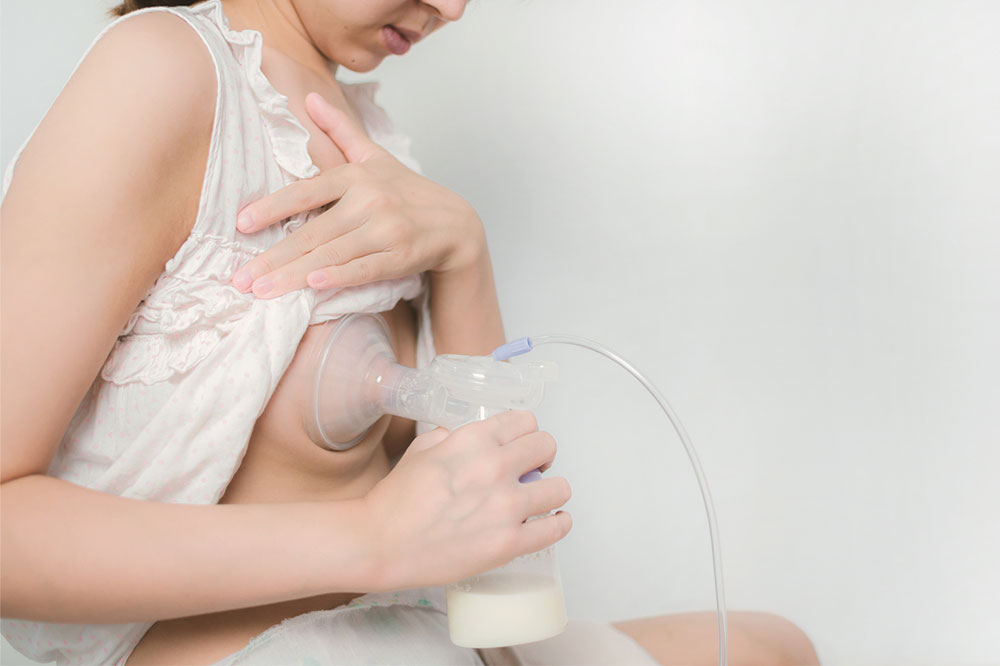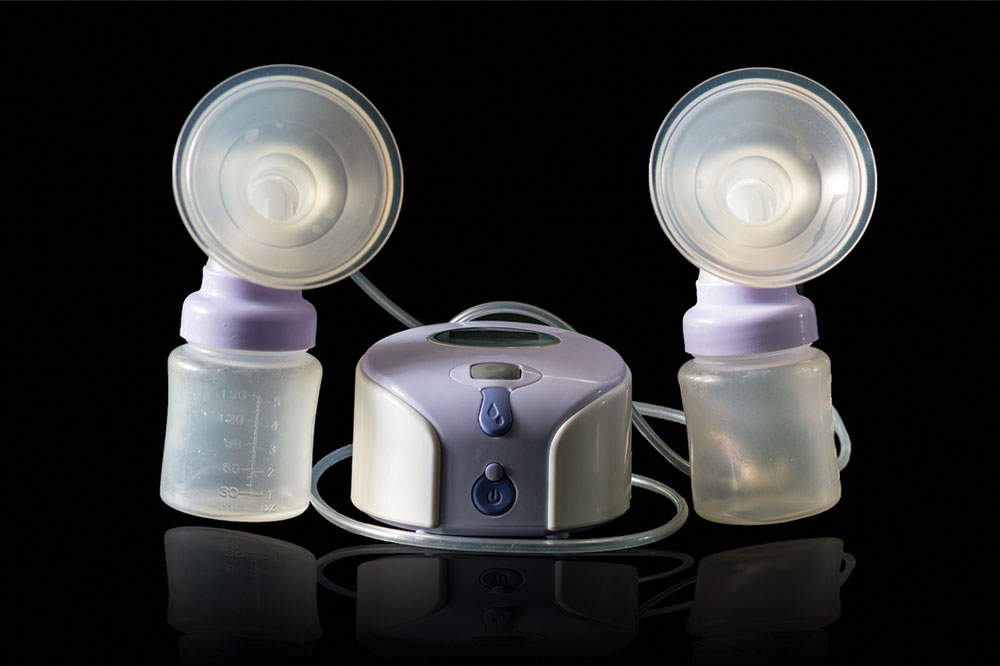Guide to Securing Breast Pumps via Insurance Coverage
This comprehensive guide explains how pregnant and new mothers can access breast pumps through insurance. It covers the importance of these devices, types available, and the process to ensure insurance coverage, including tips for ordering and upgrading. Understanding your rights and options ensures timely access to an essential postpartum tool, alleviating financial concerns. Proper planning and communication with your insurer can help you secure a breast pump with minimal hassle, supporting your breastfeeding journey effectively.
Sponsored

Expectant and new mothers often have numerous questions about pregnancy essentials. Among these, a breast pump is an indispensable device for postpartum care. With various models available, it's worthwhile to check if your health insurance plan covers this purchase. Here, we provide key insights on how to obtain a breast pump through your insurance policy.
Why are breast pumps essential?
Although many believe breast pumps are only for working moms, they are vital for all nursing mothers. Regular usage supports milk production, allowing others to help feed the infant and fostering bonding. These devices can be costly, but many insurance plans cover them, enabling mothers to obtain them at little to no expense.
Types of breast pumps
Understanding the available options helps mothers choose the right pump. Costs vary based on features, portability, and comfort. Common types include:
Manual Pump
This simple, low-tech option is favored for its effective suction and portability, making it ideal for extended use.
Battery-powered Pump
Perfect for on-the-go use, these pumps operate without needing an electrical outlet and are convenient for travel.
Single-electric Pump
This device allows for pumping one breast at a time, suitable for mothers who prefer to nurse and pump separately.
Double-electric Pump
Mimicking natural baby nursing, this high-tech pump can express milk from both breasts simultaneously, though some users find it intrusive.
Hospital-grade Pump
Recommended for mothers with low milk supply or latch issues, usually prescribed by a healthcare provider. These are costly, often covered only for rental periods by insurance.
Accessing breast pumps through insurance
Breast pumps are vital postpartum tools but can be expensive. Insurance coverage varies, but under the ACA, many plans are required to cover these devices. Here's what mothers need to know:
Are breast pumps covered by insurance?Since the ACA's enactment in 2010, insurance providers must include coverage for breast pumps as part of preventive healthcare. Confirming eligibility involves contacting your insurer directly.
When should you order a breast pump?
The third trimester is ideal for placing an order, ensuring you’re prepared ahead of time. Waiting until after delivery might complicate coverage or delay getting the device.
Where to buy a covered breast pump?
Most insurers list in-network providers, including online vendors and retail stores. Orders can often be made online or in person at a store.
Can you upgrade your breast pump covered by insurance?
Some insurers allow upgrades at additional cost. The provider will notify you of options at the time of purchase. Fully covered devices typically have no additional charges listed.
Is a prescription necessary?
Obtaining a prescription from your healthcare provider, such as a midwife or obstetrician, simplifies the process and ensures insurance approval. The medical equipment provider may verify details with your doctor.
What if insurance refuses coverage?
If your policy complies with ACA mandates but coverage is denied, you can appeal the decision. Policies predating ACA might not include coverage, limiting options.





